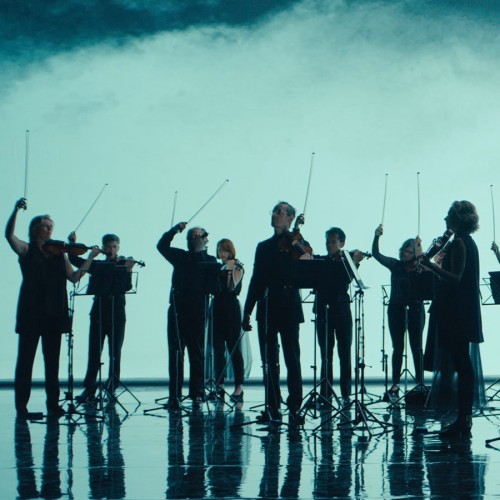
Australian Chamber Orchestra
The Four Seasons
Cookie Notice
This site uses cookies to measure our traffic and improve your experience. By clicking "OK" you consent to our use of cookies.
"One of the most rhapsodic, lyrical, explosive, and imaginative Four Seasons you’re ever likely to hear."
– The West Australian
★★★★1/2
“An extraordinarily virtuosic display resulting in the most scorching evocation of a summer storm one is ever likely to hear.”
– The Age (Melbourne)
The Four Seasons is an iconic work, with short snippets used for decades in film and TV as a way to signal classy elegance. But how does the whole piece go together? And what happens when you put it in its historical context: the swirl of Middle Eastern and European cultures that made Vivaldi's Venice such an exciting and fascinating place?
The Australian Chamber Orchestra—teaming up with brilliant Egyptian Australian musicians, brothers Joseph and James Tawadros—are going to answer those questions. They'll paint a sonic picture of cosmopolitan 18th-century Venice, and show you that The Four Seasons is so much more than background music.
The program features the seventeen-member Australian Chamber Orchestra performing Vivaldi's complete Four Seasons. The four-movement suite pairs with contemporary selections by Joseph Tawadros, Egyptian Australian composer and master of the oud, a short-necked lute-type instrument. James Tawadros joins on percussion, including the riq, a tambourine-like instrument with roots in the Middle East and Central and South Asia.
Be there when ACO and James and Joseph Tawadros take The Four Seasons out of the garden party and bring it back to the markets, streets, and canals of Vivaldi's Venice.
Performance Program
Mehmed VI Vahideddin (1861-1926) | Nihavend Taksîm for solo violin and cello
Antonio Vivaldi (1678-1741) | Movement 2 from Violin Concerto in D major, RV208 "Grosso Mogul"
Joseph Tawadros (b. 1983) | Kindred Spirits
Vivaldi | “Spring” from The Four Seasons (Violin Concerto in E Major, RV 269)
Tawadros | Permission to Evaporate
Vivaldi | “Summer” from The Four Seasons (Violin Concerto in G Major, RV 315)
Tawadros | Eye of the Beholder
INTERMISSION
Tawadros | Give or Take
Tanburi Angeli (1610-1690) | Makām-i-Rehavi Çember-i-Koca (Ottoman March)
Vivaldi | “Autumn” from The Four Seasons (Violin Concerto in G Major, RV 293)
Tawadros | Point of Departure
Vivaldi | “Winter” from The Four Seasons (Violin Concerto in F minor, RV 297, movement 1)
Tawadros | Existence
Vivaldi | “Winter” from The Four Seasons (Violin Concerto in F minor, RV 297, movements 2 &3)
Tawadros | Constantinople
Notes on the Program
A program note from the Australian Chamber Orchestra and insights from composer and performer Joseph Tawadros
These concerts celebrate the resonance of different cultures. In addition to Antonio Vivaldi’s eponymous work, the program features music of the Ottoman Empire alongside original works by Egyptian-Australian oud virtuoso and composer Joseph Tawadros.
There is a profound symbiosis between the cultures of Venice and Islam, as evidenced by countless artworks, relics, and traditions, as well as numerous books on the subject. Stefano Carboni, who was curator and administrator of the department of Islamic art at the Metropolitan Museum of Art in New York and a former director of the Art Gallery of Western Australia, prepared a 375-page book to accompany an exhibition he curated at the Metropolitan Museum in 2007 called Venice and the Islamic World, 828–1797. He writes:
“The artistic consequences of the dynamic relationship that Venice forged with its Islamic trading partners, especially the Mamluks of Egypt and Syria, the Ottomans of Turkey, and the Safavids of Iran, were felt over nearly a thousand-year period. The same merchant galleys that carried spices, soap, cotton, and industrial supplies from the bazaars of the Islamic Near East to the markets of Venice also brought with them luxurious carpets, velvets, silks, glass, porcelain, gilded bookbindings, illustrated manuscripts, and inlaid metalwork. Not surprisingly, these and other portable works of Islamic art, which were often superior in quality to what was available in Europe, made an indelible impression upon artistic taste and production in Venice. From the medieval to the Baroque eras, Venetians acquired Islamic art and adapted and imitated its techniques. In turn, albeit to a lesser extent, the arts of Venice became of interest to the Islamic world.”
That there exists so much visual art, textiles, and food resulting from this rapport comes as little surprise. The artistic consequences of this symbiosis on music are harder to discern from the mere existence of a composer’s manuscript, but when performed in a collaboration such as this, one can be convinced that these links do occur in no insubstantial way.
Antonio Vivaldi’s The Four Seasons come from a 1725 set of concertos entitled The Contest of Harmony and Invention. Of the 230 or so concertos he wrote for the violin, these four have acquired a special place in the repertoire, becoming the most performed pieces of classical music today, celebrated for their recognizable melodies, for their virtuosity and innovation, and for being vividly programmatic. This is illustrated not only through the music, but in seasonal sonnets and scenic descriptions that Vivaldi wrote to accompany the score.
In Vivaldi’s Spring, birdsong, flowing fountains, and rustic pastoral dances frame a gentle middle movement in which the murmur of branches and leaves accompany a sleeping goatherd and his dog. In Summer, everything languishes in the extreme heat except for a few birds. The turbulent north wind draws storms ever closer until thunder interrupts the buzz of insects. In the finale, the storm breaks.
In Autumn, a village celebration leaves one drunkard tumbling into the gutter, while the middle movement portrays the strange dreams of sleeping drunks. The finale is a hunt – the game is set loose, guns fire, dogs chase, and the fleeing beast dies. Winter brings horrid winds from which one must run and stamp feet to keep warm. There is brief respite by a cozy fireplace, but in the finale one slips on breaking ice before a stormy battle of the winds.
The inclusion of Joseph Tawadros’ exquisitely crystalline oud line and the zing of James Tawadros’ riq’ lifts these concertos out of the Western concert hall, and places them back into the Venice that Vivaldi himself would have inhabited, with an abundance of sounds and flavors from the East around every street corner.
The Near East served as direct inspiration for Vivaldi’s opera Bajazet, as well as the violin concerto nicknamed “Il Grosso Mogul,” named for the Mughal emperors of India. After hearing Vivaldi’s use of modes and improvisational solo writing, the similarities with two Ottoman works on this program become unmistakable. The concert opens with a Middle Eastern improvised instrumental prelude, or Taqsīm, a form that continues to be especially popular in Egypt and Türkiye today. Tanburi Angeli, a Greek musician living in Istanbul in the latter part of the 17th century, was renowned for playing the Tanbur – a form of long-necked lute from the same instrumental family as the oud. His Ottoman march Maka-m-i-Rehavi Çember-i-Koca pre-empts the hunt of Vivaldi’s Autumn.
These concerts celebrate the resonance of different cultures. In addition to Antonio Vivaldi’s eponymous work, the program features music of the Ottoman Empire alongside original works by Egyptian-Australian oud virtuoso and composer Joseph Tawadros.
There is a profound symbiosis between the cultures of Venice and Islam, as evidenced by countless artworks, relics, and traditions, as well as numerous books on the subject. Stefano Carboni, who was curator and administrator of the department of Islamic art at the Metropolitan Museum of Art in New York and a former director of the Art Gallery of Western Australia, prepared a 375-page book to accompany an exhibition he curated at the Metropolitan Museum in 2007 called Venice and the Islamic World, 828–1797. He writes:
“The artistic consequences of the dynamic relationship that Venice forged with its Islamic trading partners, especially the Mamluks of Egypt and Syria, the Ottomans of Turkey, and the Safavids of Iran, were felt over nearly a thousand-year period. The same merchant galleys that carried spices, soap, cotton, and industrial supplies from the bazaars of the Islamic Near East to the markets of Venice also brought with them luxurious carpets, velvets, silks, glass, porcelain, gilded bookbindings, illustrated manuscripts, and inlaid metalwork. Not surprisingly, these and other portable works of Islamic art, which were often superior in quality to what was available in Europe, made an indelible impression upon artistic taste and production in Venice. From the medieval to the Baroque eras, Venetians acquired Islamic art and adapted and imitated its techniques. In turn, albeit to a lesser extent, the arts of Venice became of interest to the Islamic world.”
That there exists so much visual art, textiles, and food resulting from this rapport comes as little surprise. The artistic consequences of this symbiosis on music are harder to discern from the mere existence of a composer’s manuscript, but when performed in a collaboration such as this, one can be convinced that these links do occur in no insubstantial way.
Antonio Vivaldi’s The Four Seasons come from a 1725 set of concertos entitled The Contest of Harmony and Invention. Of the 230 or so concertos he wrote for the violin, these four have acquired a special place in the repertoire, becoming the most performed pieces of classical music today, celebrated for their recognizable melodies, for their virtuosity and innovation, and for being vividly programmatic. This is illustrated not only through the music, but in seasonal sonnets and scenic descriptions that Vivaldi wrote to accompany the score.
In Vivaldi’s Spring, birdsong, flowing fountains, and rustic pastoral dances frame a gentle middle movement in which the murmur of branches and leaves accompany a sleeping goatherd and his dog. In Summer, everything languishes in the extreme heat except for a few birds. The turbulent north wind draws storms ever closer until thunder interrupts the buzz of insects. In the finale, the storm breaks.
In Autumn, a village celebration leaves one drunkard tumbling into the gutter, while the middle movement portrays the strange dreams of sleeping drunks. The finale is a hunt – the game is set loose, guns fire, dogs chase, and the fleeing beast dies. Winter brings horrid winds from which one must run and stamp feet to keep warm. There is brief respite by a cozy fireplace, but in the finale one slips on breaking ice before a stormy battle of the winds.
The inclusion of Joseph Tawadros’ exquisitely crystalline oud line and the zing of James Tawadros’ riq’ lifts these concertos out of the Western concert hall, and places them back into the Venice that Vivaldi himself would have inhabited, with an abundance of sounds and flavors from the East around every street corner.
The Near East served as direct inspiration for Vivaldi’s opera Bajazet, as well as the violin concerto nicknamed “Il Grosso Mogul,” named for the Mughal emperors of India. After hearing Vivaldi’s use of modes and improvisational solo writing, the similarities with two Ottoman works on this program become unmistakable. The concert opens with a Middle Eastern improvised instrumental prelude, or Taqsīm, a form that continues to be especially popular in Egypt and Türkiye today. Tanburi Angeli, a Greek musician living in Istanbul in the latter part of the 17th century, was renowned for playing the Tanbur – a form of long-necked lute from the same instrumental family as the oud. His Ottoman march Maka-m-i-Rehavi Çember-i-Koca pre-empts the hunt of Vivaldi’s Autumn.
I have always found that the music of the Baroque shared many similarities with Arabic music: chordal progressions, its diatonic nature, its use of ornamentation and phrasing. This can be clearly seen in Vivaldi’s music, and this concept has formed the basis for these collaborative performances of The Four Seasons alongside my own music with the ACO.
The pieces I’ve written come from a turbulent period in my life. The year 2012 saw the passing of my beautiful mother, Rose. Then in 2013, my father Nabil also passed away. Both were wonderful characters and storytellers. It is not easy losing anyone, let alone two very inspiring and encouraging figures within the space of a year.
At times like this, my oud is my refuge, my comfort and true friend. And, although it is already a very big part of my everyday life, it is also a metaphysical outlet and healer, a link between my reality and my aspirations. Its charismatic sound reminds me of my parents: my father’s voice in the bass and my mother’s in the treble.
The album from which many of the works on this program are taken is Permission to Evaporate. The music covers a range of diverse voices, compounding all that I’ve learned in my decades on this planet and converting those experiences to sound – a compositional diary, if you will.
I believe the strongest link in this collaboration is the energy, passion, and shared vision of this music. It’s not about placing it in any genre, culture or time, but how it moves us as humans and can be shared together regardless of our background.
I have always found that the music of the Baroque shared many similarities with Arabic music: chordal progressions, its diatonic nature, its use of ornamentation and phrasing. This can be clearly seen in Vivaldi’s music, and this concept has formed the basis for these collaborative performances of The Four Seasons alongside my own music with the ACO.
The pieces I’ve written come from a turbulent period in my life. The year 2012 saw the passing of my beautiful mother, Rose. Then in 2013, my father Nabil also passed away. Both were wonderful characters and storytellers. It is not easy losing anyone, let alone two very inspiring and encouraging figures within the space of a year.
At times like this, my oud is my refuge, my comfort and true friend. And, although it is already a very big part of my everyday life, it is also a metaphysical outlet and healer, a link between my reality and my aspirations. Its charismatic sound reminds me of my parents: my father’s voice in the bass and my mother’s in the treble.
The album from which many of the works on this program are taken is Permission to Evaporate. The music covers a range of diverse voices, compounding all that I’ve learned in my decades on this planet and converting those experiences to sound – a compositional diary, if you will.
I believe the strongest link in this collaboration is the energy, passion, and shared vision of this music. It’s not about placing it in any genre, culture or time, but how it moves us as humans and can be shared together regardless of our background.
Featured Artists
Media Gallery
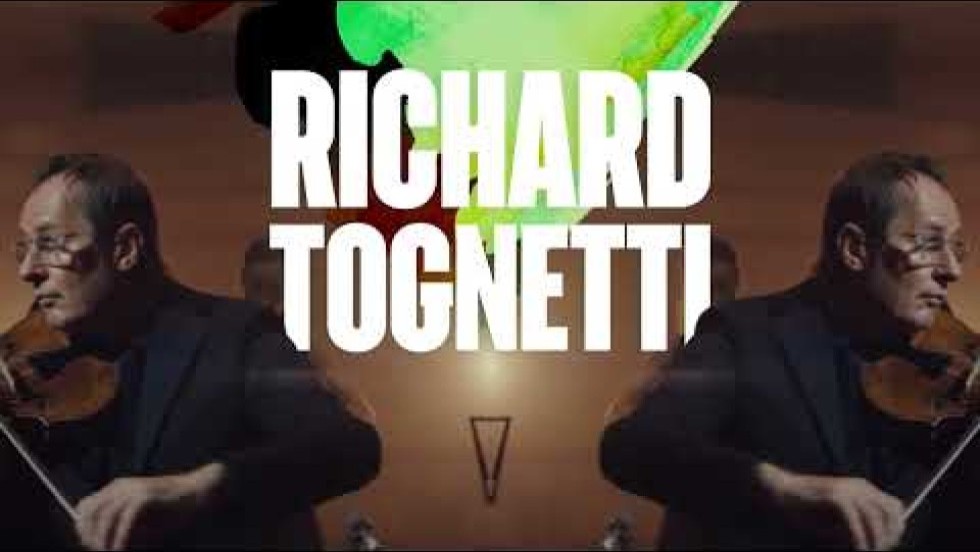
Australian Chamber Orchestra – Four Seasons trailer
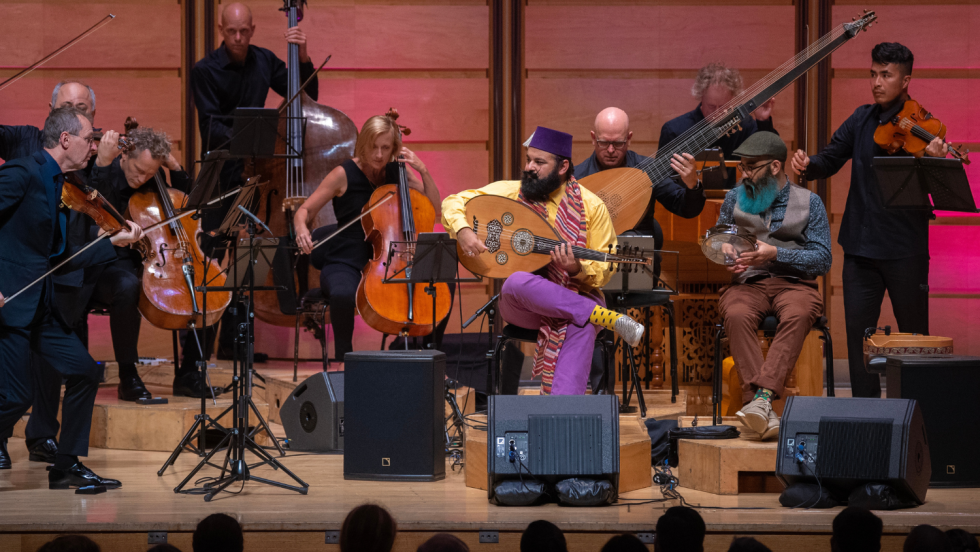
Joseph (left) and James Tawadros and the Australian Chamber Orchestra perform The Four Seasons at Sydney's City Recital Hall. Photo Nic Walker.
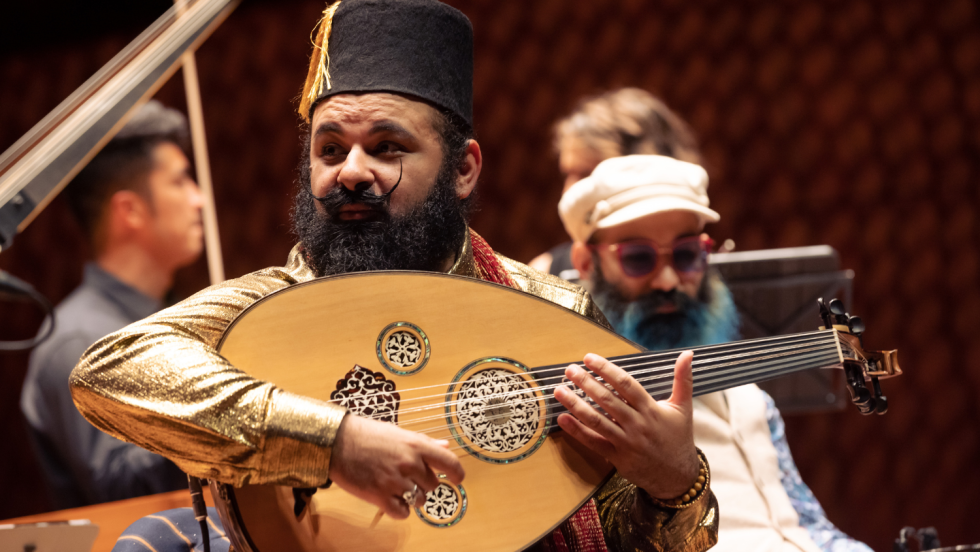
Joseph Tawadros, oud, with the Australian Chamber Orchestra. Photo Daniel Boud.
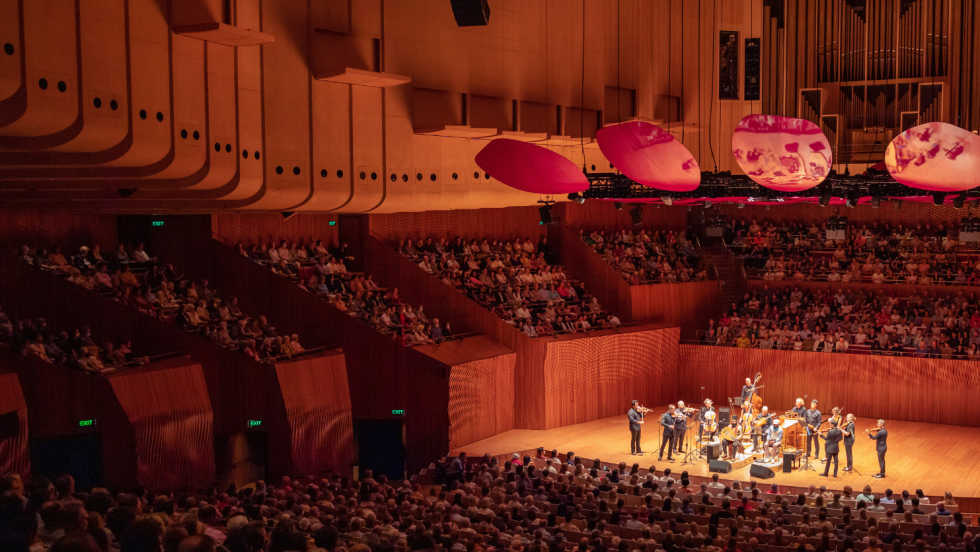
Australian Chamber Orchestra, with Joseph and James Tawadros, perform on stage at the Sydney Opera House. Photo Daniel Boud.
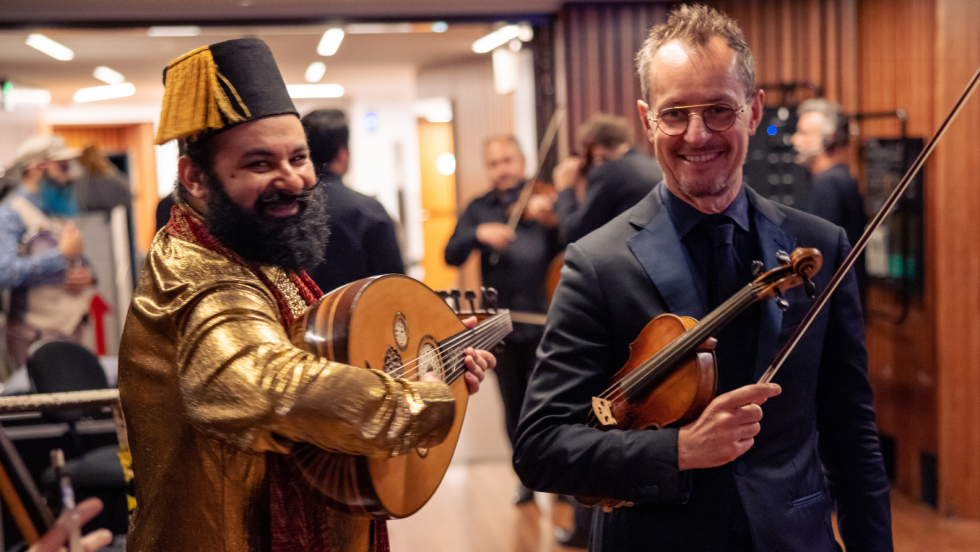
Joseph Tawadros with a violinist from the ACO backstage at the Sydney Opera House. Photo Daniel Boud.

Australian Chamber Orchestra – Four Seasons trailer

Joseph (left) and James Tawadros and the Australian Chamber Orchestra perform The Four Seasons at Sydney's City Recital Hall. Photo Nic Walker.

Joseph Tawadros, oud, with the Australian Chamber Orchestra. Photo Daniel Boud.

Australian Chamber Orchestra, with Joseph and James Tawadros, perform on stage at the Sydney Opera House. Photo Daniel Boud.

Joseph Tawadros with a violinist from the ACO backstage at the Sydney Opera House. Photo Daniel Boud.
Jordan Hall Information
Related Events

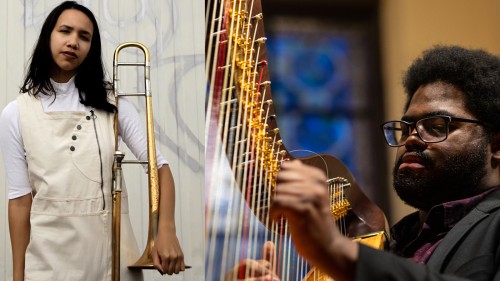
Kalia Vandever, trombone & Charles Overton, harp
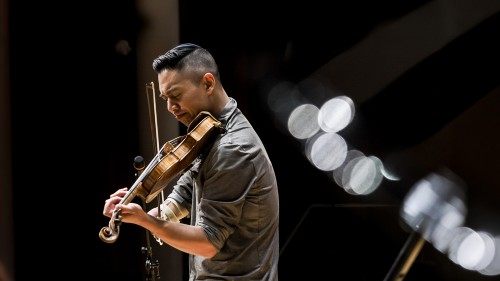
Adrian Anantawan & Friends
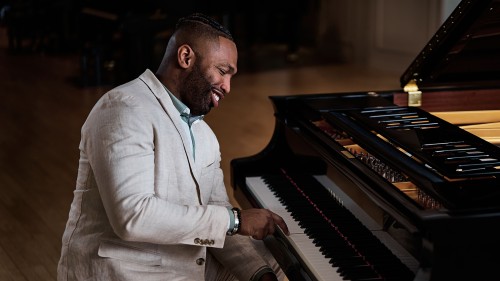
John Paul McGee Jazz Trio
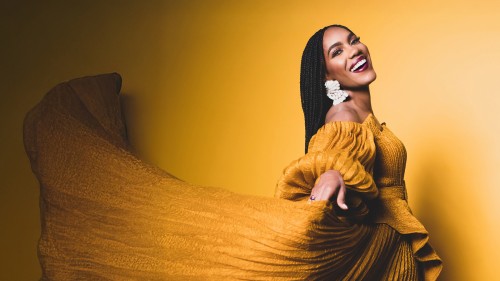
J’Nai Bridges, mezzo-soprano
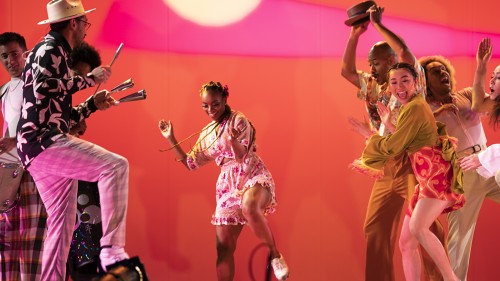
Music From The Sole
House is Open, Going Dark
Stay in touch with Celebrity Series of Boston and get the latest.
Email Updates Sign up for Email Updates